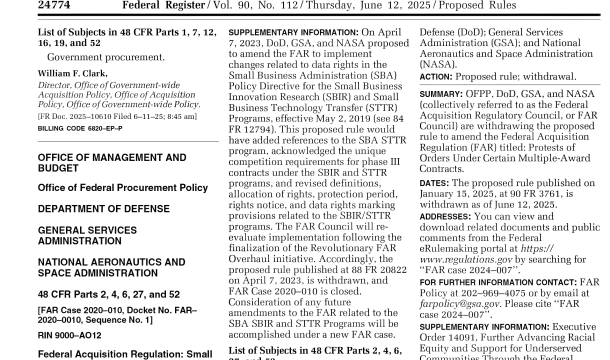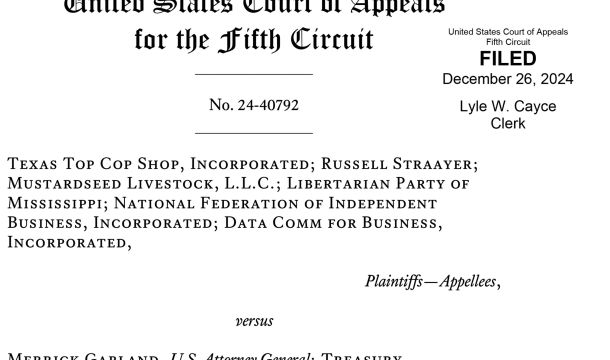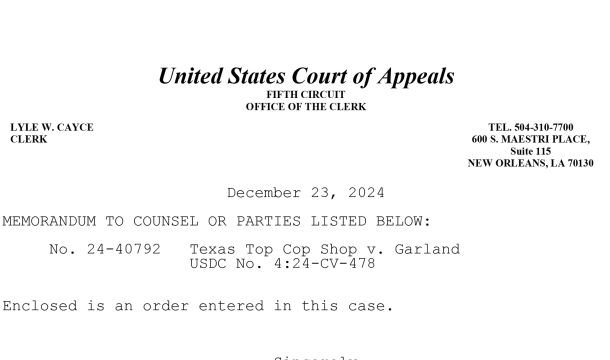Federal Contract Worker Paid Sick Leave On the Horizon
September 2015
Play Ball!
Yes, we have reached the sports equinox! The first full week of September, that special time of year when summer and fall sports converge! We have the U.S. Open reaching its crescendo in Flushing Meadows, college football teams everywhere coming off their season openers, NFL teams fast approaching theirs, and Major League Baseball division leaders counting down their magic numbers in earnest. If you are a sports fan, it doesn't get better than this!
The first week in September also brings us Labor Day, a national tribute to the contributions that workers have made to our country. This Labor Day, President Obama made news with the announcement of an Executive Order requiring federal contractors to grant their workers paid sick leave. In this edition of The Government Procurement Bulletin,™ we will take a closer look at that Executive Order.
Mark A. Amadeo
Earlier this week, on Labor Day, President Obama signed an Executive Order requiring federal contractors and subcontractors to provide seven (7) days of paid sick leave to their employees. Although the paid sick leave will not be required under federal contracts awarded before January 1, 2017, federal contractors should nevertheless plan and allocate their resources before that date. The Executive Order, a copy of which can be found here, is summarized below.
Paid Sick Leave
The Executive Order requires agencies to include a contract clause that contractors and subcontractors will flow down into their subcontracts stating that as a condition of payment all employees in the performance of a contract or subcontract shall not earn less than one (1) hour of paid sick leave for every thirty (30) hours worked. The Executive Order states that a contractor cannot set a limit on annual paid sick leave accruals less than fifty-six (56) hours, thus totaling a minimum of seven (7) eight-hour work days of sick leave over a one (1) year period. The Executive Order does not relieve contractors of any obligations under local or federal laws or under collective bargaining agreements to provide greater paid sick leave or leave rights.
The Executive Order also identifies the purposes for which a federal contractor must grant the earned paid sick leave. Specifically, paid sick may be used by an employee for an absence resulting from:
(i) physical or mental illness, injury, or medical condition;
(ii) obtaining diagnosis, care, or preventive care from a health care provider;
(iii) caring for a child, a parent, a spouse, a domestic partner, or any other individual related by blood or affinity whose close association with the employee is the equivalent of a family relationship who has any of the conditions or needs for diagnosis, care, or preventive care described in paragraphs (i) or (ii) above or is otherwise in need of care; or
(iv) domestic violence, sexual assault, or stalking, if the time absent from work is for the purposes otherwise described in paragraphs (i) and (ii) above, to obtain additional counseling, to seek relocation, to seek assistance from a victim services organization, to take related legal action, including preparation for or participation in any related civil or criminal legal proceeding, or to assist an individual related to the employee as described in paragraph (iii) above in engaging in any of these activities.
Paid sick leave must be provided after an employee’s oral or written request that includes the expected duration of the leave and is made, where leave is foreseeable, at least seven (7) days in advance, or, in other cases, as soon as practicable.
The Executive Order requires contractors to allow the accrued paid sick leave to carry over from one year to the next and to reinstate the accrued paid sick leave for any employee rehired within twelve (12) months of separation. However, nothing in the Executive Order requires a contractor to cash out an employee for unused accrued sick leave upon separation. The Executive Order prohibits contractors from making the use of the paid sick leave contingent on the employee finding a replacement to cover missed work time.
Health Care Provider Verification
A contractor may only require a health care provider verification for paid sick leave used for the purposes listed in paragraphs (i), (ii), or (iii) above if the employee is absent three (3) or more consecutive workdays; such verification may be provided up to thirty (30) days from the first day of the leave. For absences lasting three (3) or more days when used for the purposes listed in paragraph (iv) above, documentation may be required to be provided from an appropriate individual or organization with the minimum necessary information establishing need for the absence. A contractor shall not disclose any verification information and shall maintain confidentiality about the domestic violence, sexual assault, or stalking, unless the employee consents or when disclosure is required by law.
Implementation
Importantly, the Executive Order only applies to federal contracts awarded under solicitations issued after January 1, 2017, and or in the absence of a solicitation, federal contracts awarded after January 1, 2017. In addition, before then, the Executive Order requires the U.S. Department of Labor to issue any necessary regulations by September 30, 2016, that further explain the Executive Order and set forth any record-keeping requirements.
Consequently, federal contractors that do not offer paid sick leave to their employees have some time before any implementing regulations are issued and before they will begin working under contracts requiring them to offer paid sick leave. Nevertheless, federal contractors - particularly small businesses - should begin to consider the impact that the Executive Order will have on resources and contract budgets. In addition, contractors that work in multiple states with differing rules on paid sick leave should be mindful that the Executive Order merely sets a threshold for paid sick leave for workers performing under a federal contract. In some instances, the paid sick leave rules under state or local jurisdictions may require the federal contractors to offer greater sick leave or additional sick leave rights. Contractors, therefore, should already have in place proper compliance mechanisms that will enable them comply with multiple rules in the jurisdictions in which they work.



